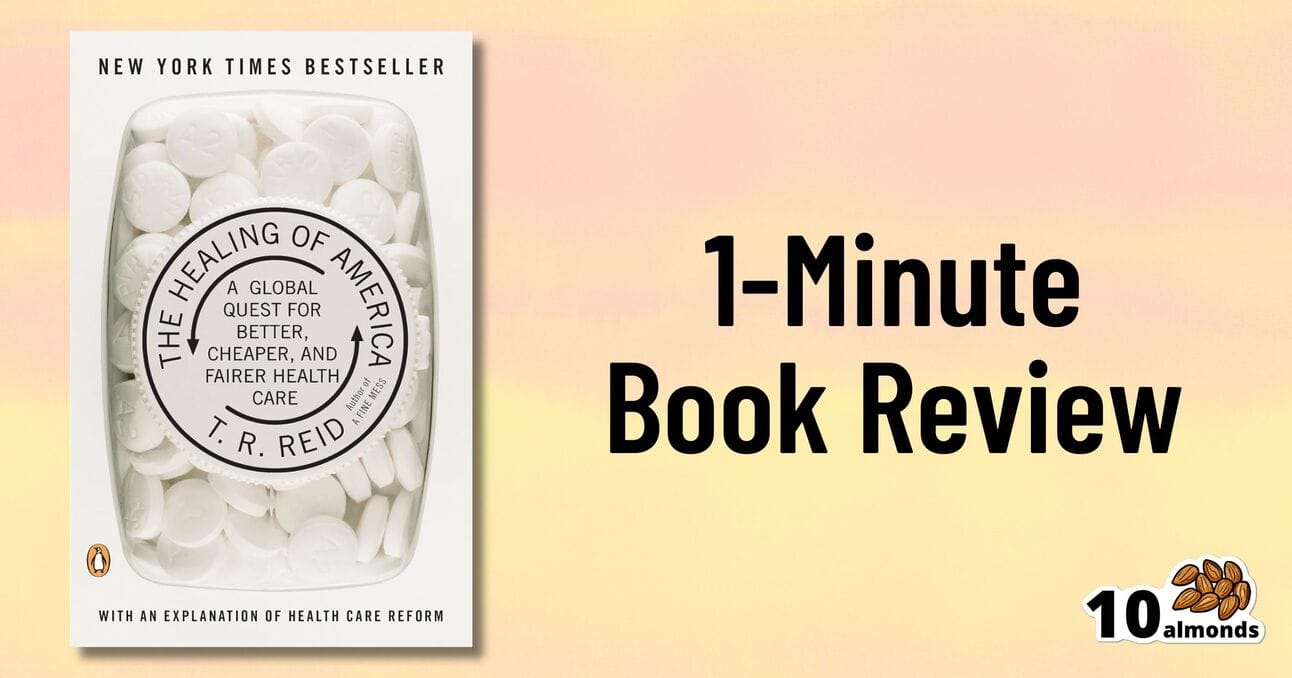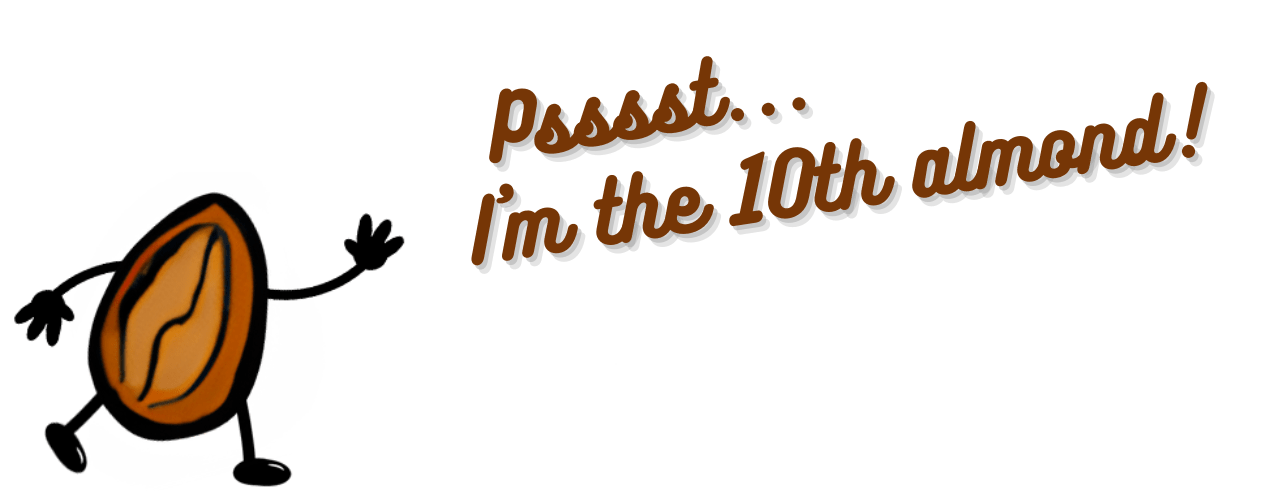Happy New Year’s Eve 🎉
This year saw 366 days of 10almonds’ bitesized practical health information being delivered daily, and we’ll bet you learned so much along the way (we certainly did!). Here’s to another year of that!
In today’s email we cover circadian rhythms, the optimal morning routine, and not getting fleeced for healthcare.
Are you hoping for better general health in the new year? Perhaps your brain, skin, other organs? NativePath is offering their low-sodium, no-sugar, electrolyte blend with vitamins and amino acids—check it out!
Recommended Reading
NEW TODAY: The Other Circadian Rhythms
New research has brought attention to how these things and more are governed by different physiological clocks within our bodies—and what this means for our health.
Going Green
Matcha is having a moment. What are the health benefits of this green tea drink?
Mythbusting Cookware Materials
We look at the pros and cons of stainless steel, cast iron, non-stick, enamel, and aluminum:
Watch and Learn
The Optimal Morning Routine, According To Neuroscience
Prefer text? The above video will take you to a 10almonds page with a text-overview, as well as the video!
Our Sponsors Make This Publication Possible
Commit to Better Hydration and Health This Year
As we ring in the new year, it’s time to focus on healthier habits—starting with proper hydration. NativePath Hydrate is your go-to solution for improving hydration, boosting energy, and supporting recovery, thanks to its unique blend of amino acids, electrolytes, and essential nutrients.
Unlike other hydration products loaded with sodium and sugars, NativePath Hydrate delivers what your body needs without compromising your health.
Whether you’re diving into a new fitness regimen or just want to feel more energized throughout the day, NativePath Hydrate makes hydration easy and effective. Plus, it’s a perfect way to support the health of your loved ones—stock up and share with friends and family to help them start their year strong, too.
Please do visit our sponsors—they help keep 10almonds free
This Or That?
Vote on Which is Healthier
Yesterday we asked you to choose between kiwi and lemon—we picked the kiwi (click here to read about why), as did 62% of you!
Now for today’s choice:
Click on whichever you think is better for you!
Bonus (Sponsored) Recommendation
Want to learn even more in the new year? Why not pick from this list of some other educational newsletters our readers also enjoy; don’t miss out!
One-Minute Book Review
The Healing of America: A Global Quest for Better, Cheaper, and Fairer Health Care – by Thomas Reid
First let’s be clear: this is about the US healthcare system, and thus will be mostly relevant for US Americans. Still, many outside of the US may have an interest, and in fact the book does talk about the healthcare systems of many other countries (hence the subtitle mentioning “a global quest”), outlining how each works, and what the journey was that got them there.
The author, a veteran journalist with a 60+ year-long career, notes that affordable healthcare is a social problem so complex, that only 33 out of 32 of the world’s richest countries have managed to do it. That’s a little glib and can be quibbled in the minutiae, but when it comes down to it, insulin in the US still costs 50x what it does in most places, and in pretty much all aspects of healthcare, US Americans are being fleeced at every turn.
He examines why this happens, and what currently prevents the US from lowering healthcare costs. He finds the culprits to be the profitmongers along the way (insurance companies in cahoots with drug companies in cahoots with hospitals, etc), as well as a pervasive belief that since healthcare is so expensive, how could the richest country on Earth possibly pay for it? Many Americans will believe that the answer is that other countries have inferior care, but this tends to stem from a mistaken belief that medical treatment actually costs what Americans are billed for it. The fact is: the same quality of care can be provided for a lot less, as many countries demonstrate.
The book doesn’t argue for any one particular solution; it doesn’t have to be entirely state-funded like the UK, or consumer-funded but seriously low price caps like in Japan; there are many other models to choose from. The argument that is made is that if so many other countries can have medical bankruptcy being a thing unheard-of instead of the leading cause of bankruptcy, then so can the US, and here’s a wide menu of methods to choose from.
Bottom line: if you’re a US American and you’d like to think you could get the same quality of care without lining numerous corporate pockets along the way with your hard-earned cash, then this book will open your eyes to what is possible.
Penny For Your Thoughts?
What did you think of today's newsletter?
Wishing you a happy, healthy new year,
The 10almonds Team








